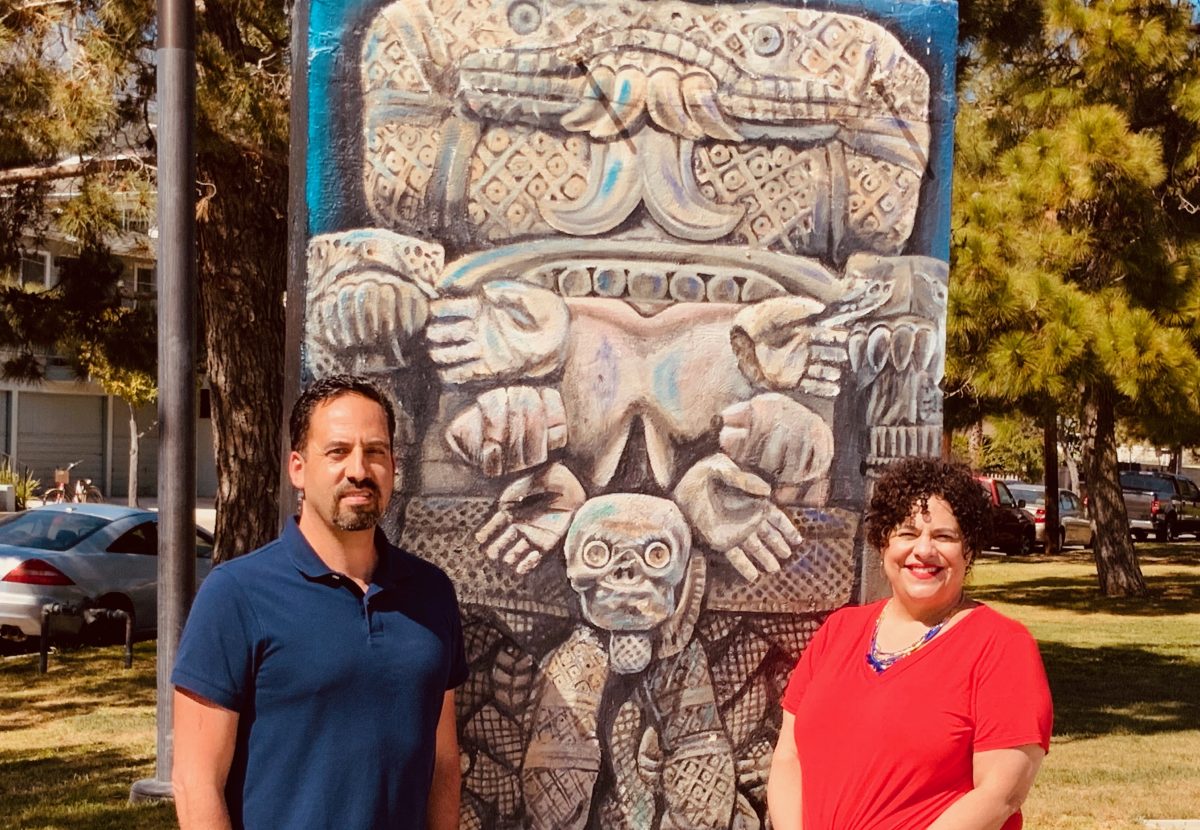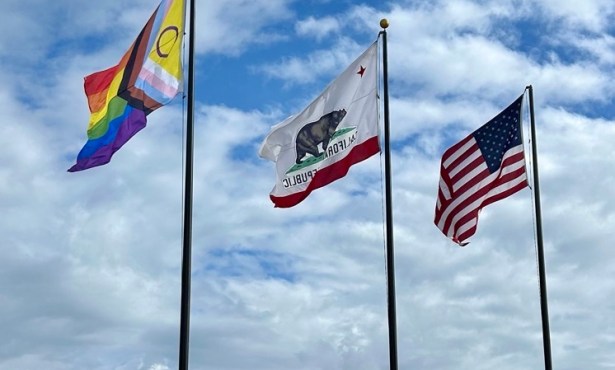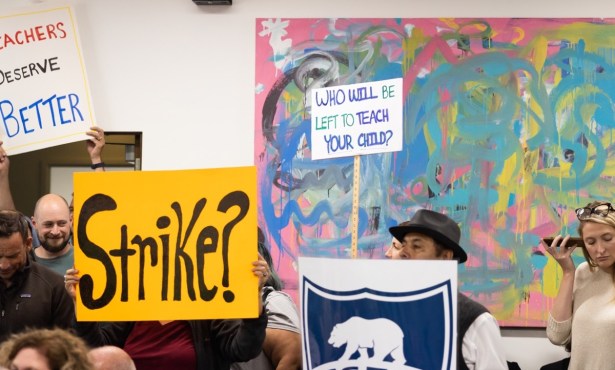Association of Raza Educators Forms New Teachers Association
Santa Barbara Chapter Has 16 Members and Growing

A new teachers association that aims to transform public education around issues of racial and social justice in Santa Barbara Unified School District, the Association of Raza Educators (ARE), has formed.
The group has 16 members so far, the majority of whom are first-generation residents and whose families have lived the immigrant experience. The Santa Barbara chapter is the smallest so far, with other chapters in Los Angeles, San Diego, and Sacramento. The founding leadership and membership are current and former members of the Santa Barbara Teachers Association (SBTA) executive board, Political Action Committee, and the Equity Committee. ARE leadership have claimed that they have been pushed out of SBTA.
ARE formed in response to what it calls the SBTA’s unwillingness to work with them and create equitable change. SBTA President Karen McBride said that ARE’s claim that the SBTA is unwilling to defend and transform public education around issues of racial justice in the district was simply not true.
“We advocate for equitable work conditions, resources, and training that will help make our members better prepared to meet the needs of our diverse student population,” McBride said. “With the California Teachers Association, we are developing our Equity Committee and our Racial Equity Affairs Committee, and a new Special Education Committee to help enable members to address the needs of many underserved groups in the community through improved teaching and learning conditions.”
McBride added that anyone who is a certificated employee with SBUSD may be a member of SBTA and that no one has ever been “pushed out” of an elected position in SBTA and that her organization welcomes input from its members and she hopes that other like-minded organizations in our community will work in solidarity with SBTA. “While our roles within the community may differ, our work intersects in service to the educators and students we serve,” she said.
She also made it clear that while the SBTA is a Collective Bargaining Agency, ARE is not. The two groups serve different purposes in the school district and community. SBTA is a labor union that represents educators, and therefore must adhere to labor laws and organization structures. ARE is a “a group of public school educators, university professors, students, and community allies.”
But this is not how ARE members see the issue.
“One of the goals of ARE is that at some point, we do somehow move SBTA into that right direction,” said co-chair Raquel Frausto. “Some of us are dual members, are ARE members and SBTA members. Unfortunately, Carlos [Estrada, ARE co-chair] and I got pushed out as well as another ARE member here. But, you know, the goal is getting us into that executive board position, making the changes, being able to work with bargaining, fighting for the things that we know we need to.”
To put it more simply, co-chair Carlos Estrada added that the SBTA “doesn’t want to advocate in a deliberate way for working-class folks and marginalized people.” This is where ARE comes in to accomplish this by “organizing and mobilizing teachers, developing critical anti-racist liberation curriculum, and working with community organizations to ignite change.”
For the school district, ARE will not be viewed as a teachers union in the same way SBTA is. Superintendent Hilda Maldonado made it clear that there is only one union representing teachers and she couldn’t discuss anything that is part of the district’s labor agreement unless someone from SBTA is in the room. That does not, however, mean she isn’t open to working with ARE and learning more about their mission.
“I’m here to listen and learn and lead,” Maldonado said. “To do so, I need to hear directly from people, so people shouldn’t shy away from asking for a meeting and asking for a time and know that I’m here to listen. We may not always agree, but I will certainly give people the time to listen to their concerns.”
Developing anti-racist curriculum in Santa Barbara Unified schools is a major part of ARE’s work. ARE community liaison Alejandra Tashma talked about a self-care program called social justice healing, which ties in one of ARE’s central concepts: identity work.
“Identity work starts when you first start school,” Tashma said. “And it’s not that one identity is better than another. It is the notion that we cannot be liberated until all of us are liberated. That is a construct that needs to be embedded.”
She gave an example using 4th graders — the grade she teaches — learning history. When she teaches that every wave of immigrants were discriminated against, she talks through it with her class so that it is more of exploring history in a developmentally appropriate way while still learning about one’s own identity.
There are many unique differences between ARE and the SBTA, particularly community involvement. The SBTA operates in the traditional model of bargaining for teacher conditions, whereas ARE conditions are contingent upon the wellness of our community as a whole. Mark Alvarado, a parent who serves as community outreach for ARE, said the parental engagement piece is a night-and-day difference from SBTA.
“The pandemic exposed a lot of the inequities that students of color and their families had to endure with technology, food security, and what have you,” Alvarado said. “But a lot of times, how that message was getting out varied from campus to campus. There wasn’t really an umbrella strategy.”
He continued to say that many families were receiving different messaging during the pandemic and that many families come from immigrant backgrounds, so when they have to interface with institutions, they automatically assume that the institution knows best.
“The parent piece is something that requires community engagement because of the fact that a lot of times, the messaging isn’t getting to the parents properly, or the resources aren’t getting to the parents properly,” Alvarado said. “And who’s advocating for the parents really at the end of the day — it’s the teachers.”
ARE’s main objectives include fighting for a democratic education that allows parents and community members the same rights as teachers, counselors, and administrators in the education of their children; promoting community activism among teachers and developing student activists; reclaiming spaces in schools for developing politically active teachers; and promoting critical pedagogy, a teaching philosophy, as the principal means of teaching students. To read more about ARE and its objectives, click here.
“How long with Black Lives Matter, with ethnic studies initiatives, with the decolonized, anti-racist mental-health initiatives… How long can arguing continue to be centered on a white, middle-class kind of perspective?” asked co-chair Estrada. “Enough is enough.”
Support the Santa Barbara Independent through a long-term or a single contribution.



